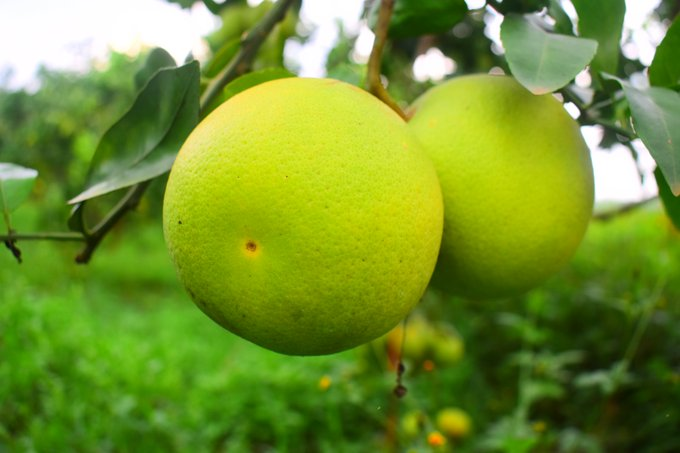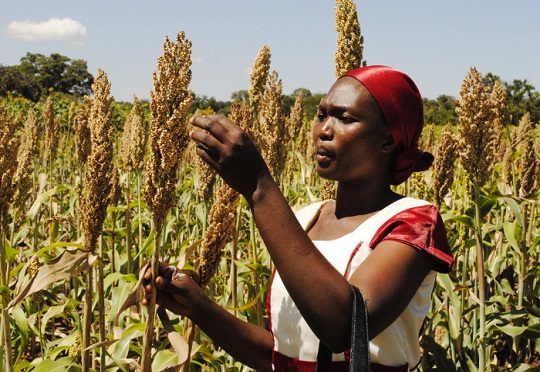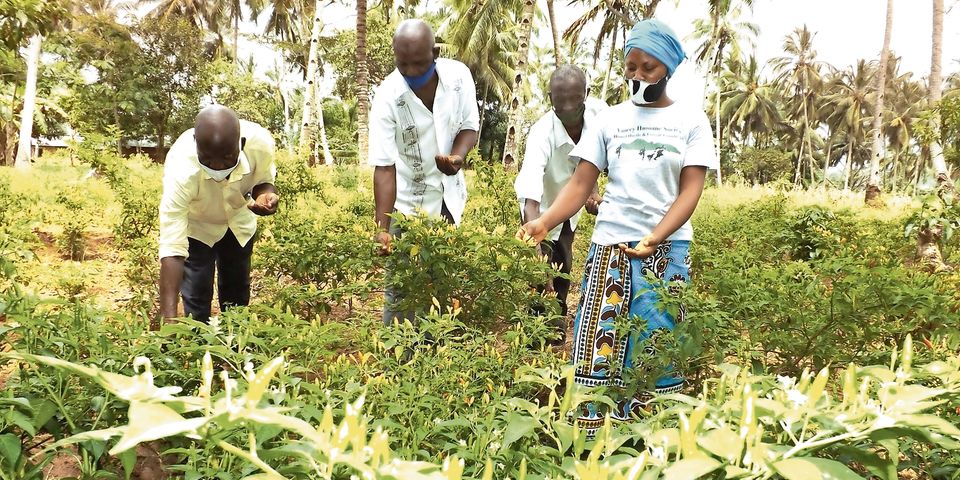Growing fruit trees requires a certain amount of know how and this blog post is designed to provide just that – so read on.

1. Plan
Just like any other investment, you need a good plan when preparing your garden and choosing what fruit trees to add to the garden. The thought of having fresh fruits in bounty from your garden can lead to lots of rushed decisions, most of which can be harmful to the garden, and the plants too. You also need to be careful with the type of fruit trees to introduce in the garden. Most fruit trees grow into shrubs, while others will develop into fully grown trees. Proper and adequate spacing is also vital for the plants survival and fruit production.
2. Choose the right rootstock
Take some time to know what rootstock the fruit trees will be growing on. Most fruit trees grow on grafted rootstocks that help improve disease resistance and boost yields. Talking to the supplier can help you determine the best rootstock for your garden among other features.
3. Choose the appropriate and recommended fruit tree varieties
Although the climate around the Portland area supports a wide variety of fruit plants, it would be wise to choose your plants carefully to avoid diseases, infections, or low-quality fruits. Some fruit trees will demand much of your time in care and pest control, while others are pest resistant hence most recommended. Some of the less susceptible plant varieties include quince, persimmon, fig, and apple trees. You should however go for apple trees resistant to apple scab to avoid disappointments in the future.
4. Plant fruits you love first, then add a few you would like to try out
Planting the fruits you love eating is the first step to enjoying your new found hobby, and having the motivation to go on. When cared for correctly, one fruit tree can produce pounds of fruit in a season, which is why you should consider adding in a few varieties to try. If unsure of the alternatives to go for, you can then attend the Fruit Show at the Home Orchard Society to sample various varieties. You will also get to learn of plants that can be grown together with others without affecting their health or fruit quality.
5. Diversify the Garden
Including various types of fruit plants in the garden is an excellent way to expand your fruit reach. You should also consider adding pollinators, medicinal, and native plants to the garden as well. Some fruit plants can also help keep pests away from the yard. Others promote good plant health in the garden hence highly recommended.
6. Water the trees during dry months
Although the UK is a generally wet area, there are times when it can get really dry, especially in hot summer months. Be sure to water your plants during this time of the year to prevent the trees from withering or drying out. Trees under 4 years should get at least 7 gallons of water each week to remain vibrant. Older trees can be self-sufficient though you can still irrigate them during the driest months. Drip irrigation is recommended to help save water and keep consistent water supply to the plants.
7. Prune the trees
Pruning helps control plant growth as well as ensure they grow to a manageable height. Pruning also improves the plant’s air supply and light penetration, key factors needed for optimal growth and fruit production. Hiring a tree arborist once in a while to check on the health of the tree would be a wise move too.
8. Mulch
Mulching is important in vegetable and fruit gardens for it not only reduces moisture/space competition with weeds but also improves soil water retention. Be sure to leave a 3-inch space around the tree trunks, and make sure the mulch is not more than 3 inches thick as well, around the tree trunks, and make sure the mulch is not more than 3 inches deep. Organic mulch would be your most recommended mulch for it is healthy and decomposes with time releasing nutrients to the soil.
9. Try organic care methods
Organic farming not only helps produce high quality and nutritious fruits but also reduces maintenance costs significantly. Take some time to attend Tree Care Workshop in the Community Orchard for more information.
10. Share the bounty
Be sure to share the harvest with some of your friends and even neighbors. They may develop some interest to grow fruits in the gardens too. This would create a fun way to socialize while enjoying quality fruits from your gardens.
Credit: https://yardyum.com/blog/post/fruit-farming-tips-how-ensure-healthy-tree-growth




